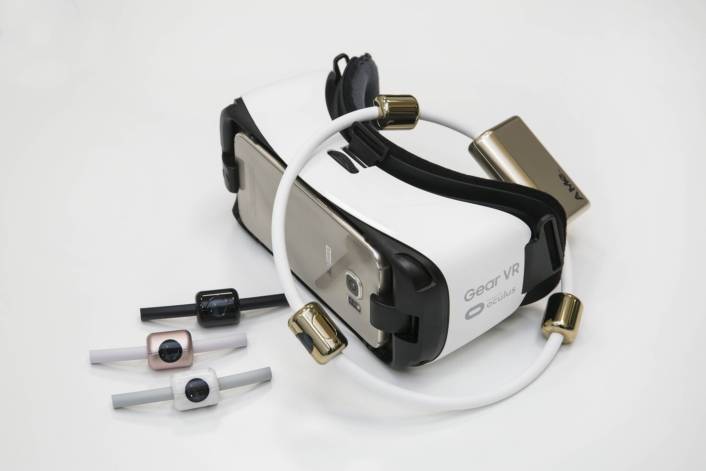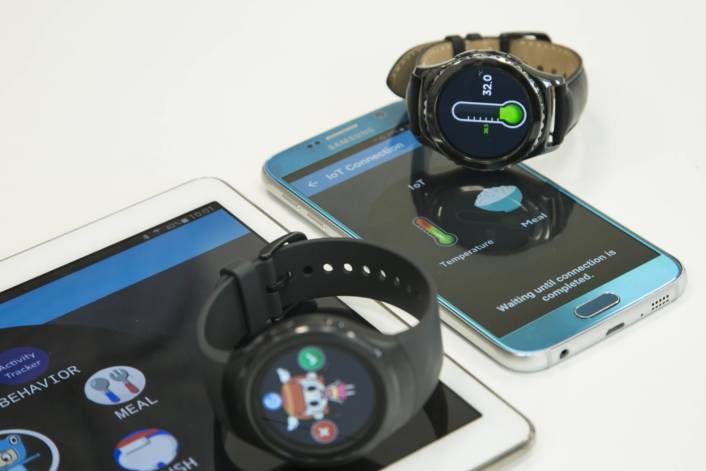
A lot of OEMs now have experimental programs within the company, that allows their employees to dream of and actually create innovative products that might eventually get produced by the company. Samsung’s C-Lab is one such program and at the upcoming Samsung Developer Conference, they will be introducing five “secret project prototypes” to get the feedback of the delegates and maybe further improve on the product until it’s ready for mass marketing and/or production.
One of the projects to be presented is LiCon, an app that allows you to connect your smartphone to Internet of Things appliances simply by taking a picture of said appliance. After you take a pic of an air-conditioning system for example, you will then get a controller interface so you can now adjust the temperature from your smartphone.
![]()
Ahead is another project that will be unveiled and it is a gadget meant for those who are wearing helmets while riding bikes, motorcycles, skateboards, etc. It can be attached through a magnet and lets users take and make calls, listen to music and receive voice notifications. It uses oscillators so that it will not block out background noise and still keep you safe even while you’re on your “vehicle”.

AMe (short for Around Me) is a wearable device that you can use like a necklace and has three small cameras in it that can record 360-degree 4K footage while you go around doing your business. If you’re into life-logging (which means logging your activities, if you didn’t get it yet), you can now have the gadget automatically record whenever you want and then stitch them together through the AMe app.

Itsywatch is a smartwatch app for kids that is meant to help them install good habits but put it into the context of a game to make it more exciting. Using a cute cartoon character, the kid lets him/her grow as they do tasks like exercising, brushing their teeth, etc. The characters also give them positive feedback when they finish their tasks. Parents can also keep track of what the kids are doing.

Lastly, the Entrim 4D+ lets you feel virtual reality through a combination of algorithms and Galvanic Vestibular Stimulation (GVS) that will send electrical messages to your ear once you’re viewing something in VR. It may not be a good idea for those who get nauseous easily though. Let’s see which of these prototypes make it to the market later this year.

SOURCE: Samsung









